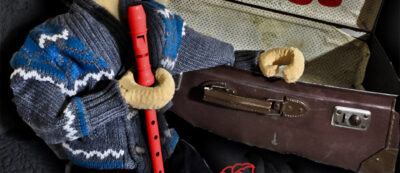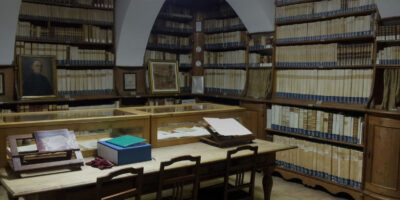In questo periodo, il Palazzo della Magnifica Comunità di Fiemme è aperto al pubblico nelle giornate di venerdì, sabato e domenica dalle 15.00 alle 18.30.
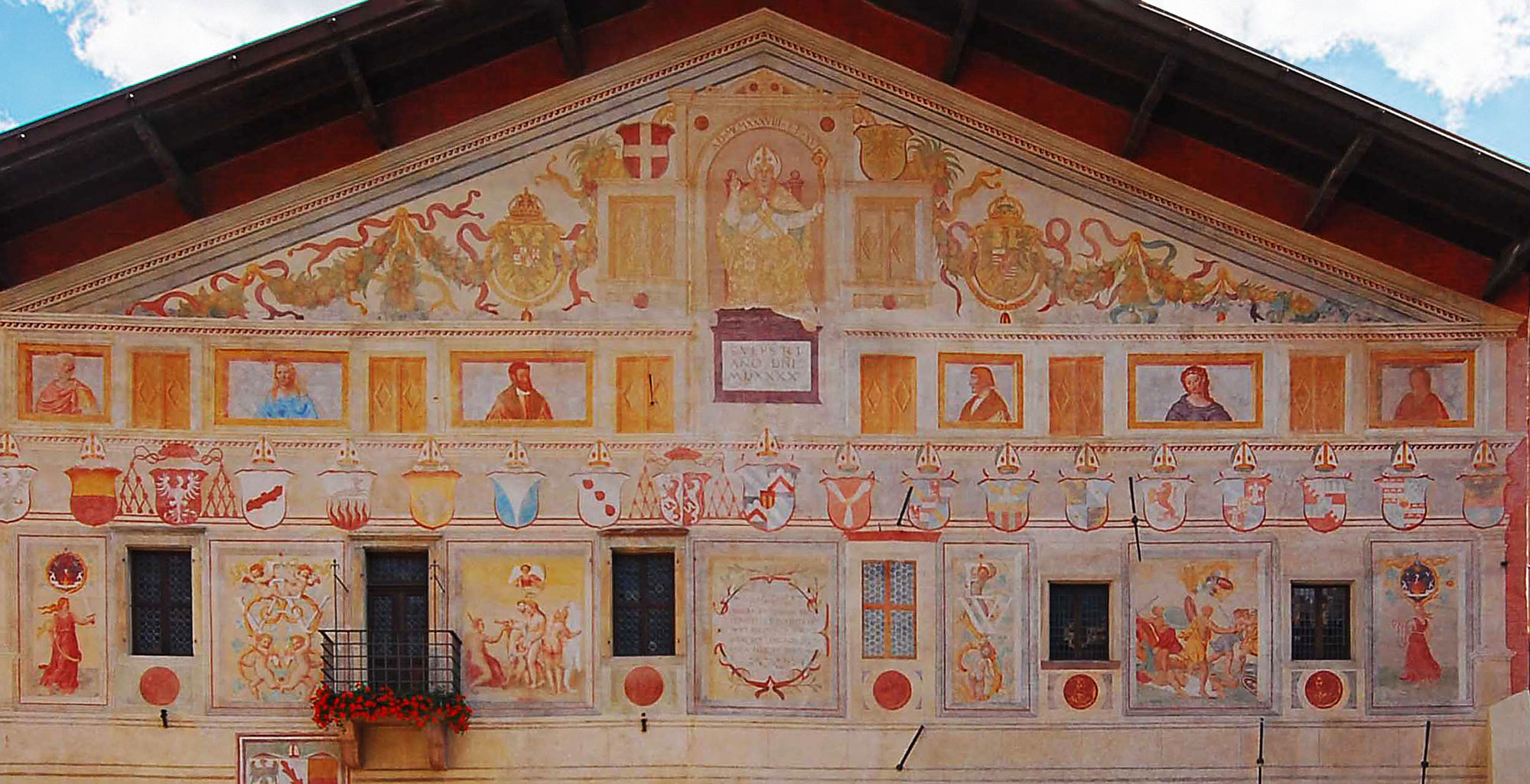
Benvenuti a Palazzo,
il museo della Magnifica Comunità di Fiemme
Visita
In evidenza
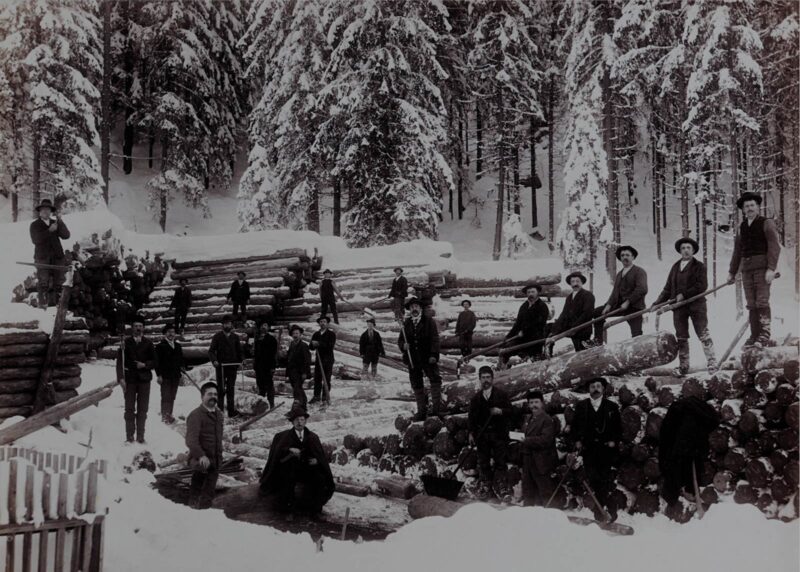
15.07.2023 - 28.04.2024
Mostra
Allevatori, pastori, contadini e boscaioli di Fiemme.
Scatti rurali dal passato
Scopri di più
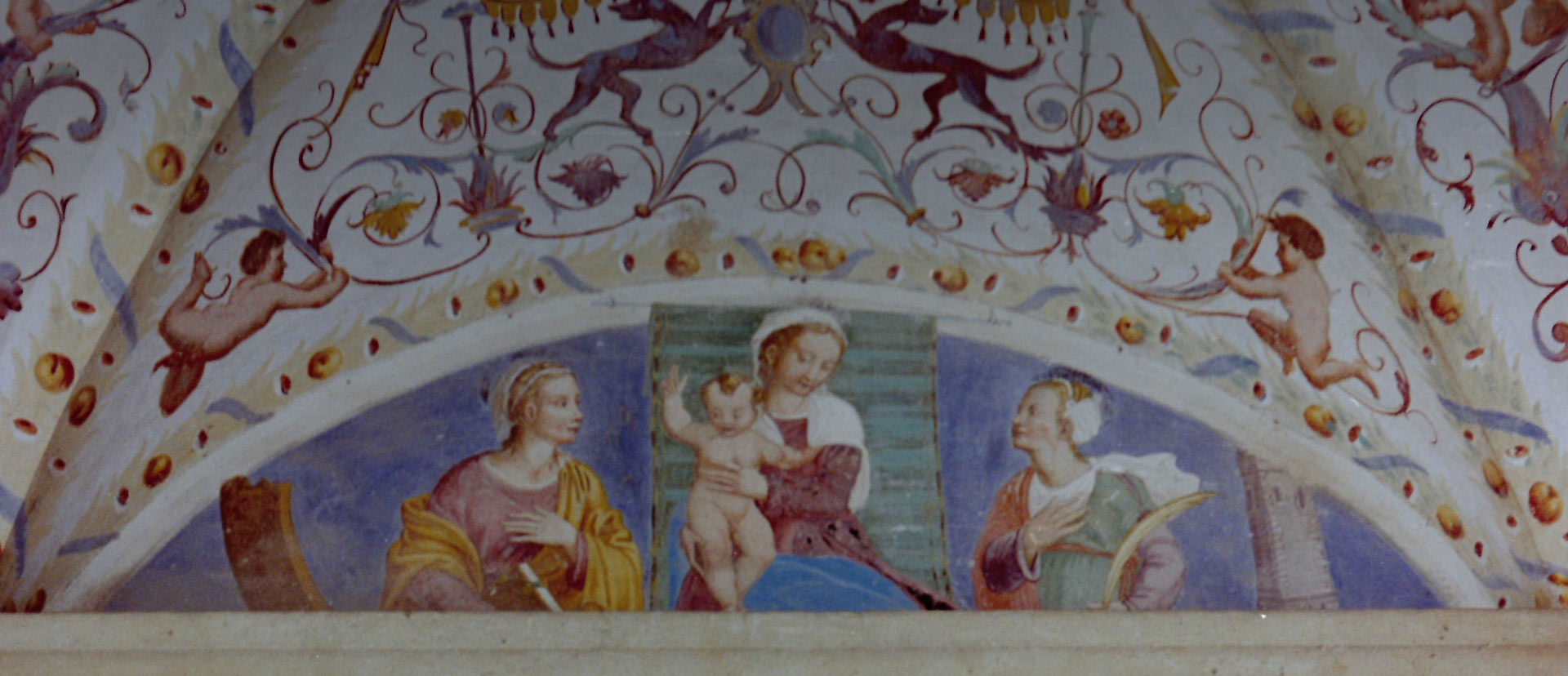
22.12.2023 - 29.03.2024 | ore 10:30
In evidenza
Visita alla Pieve di Santa Maria Assunta.
Visita guidata
Il Palazzo
Il Palazzo della Magnifica Comunità di Fiemme nasce come sede temporanea per il vicario del principe vescovo di Trento che, come stabilito dai patti gebardini del 14 luglio del 1111, si recava in valle due volte l’anno per amministrare la giustizia.
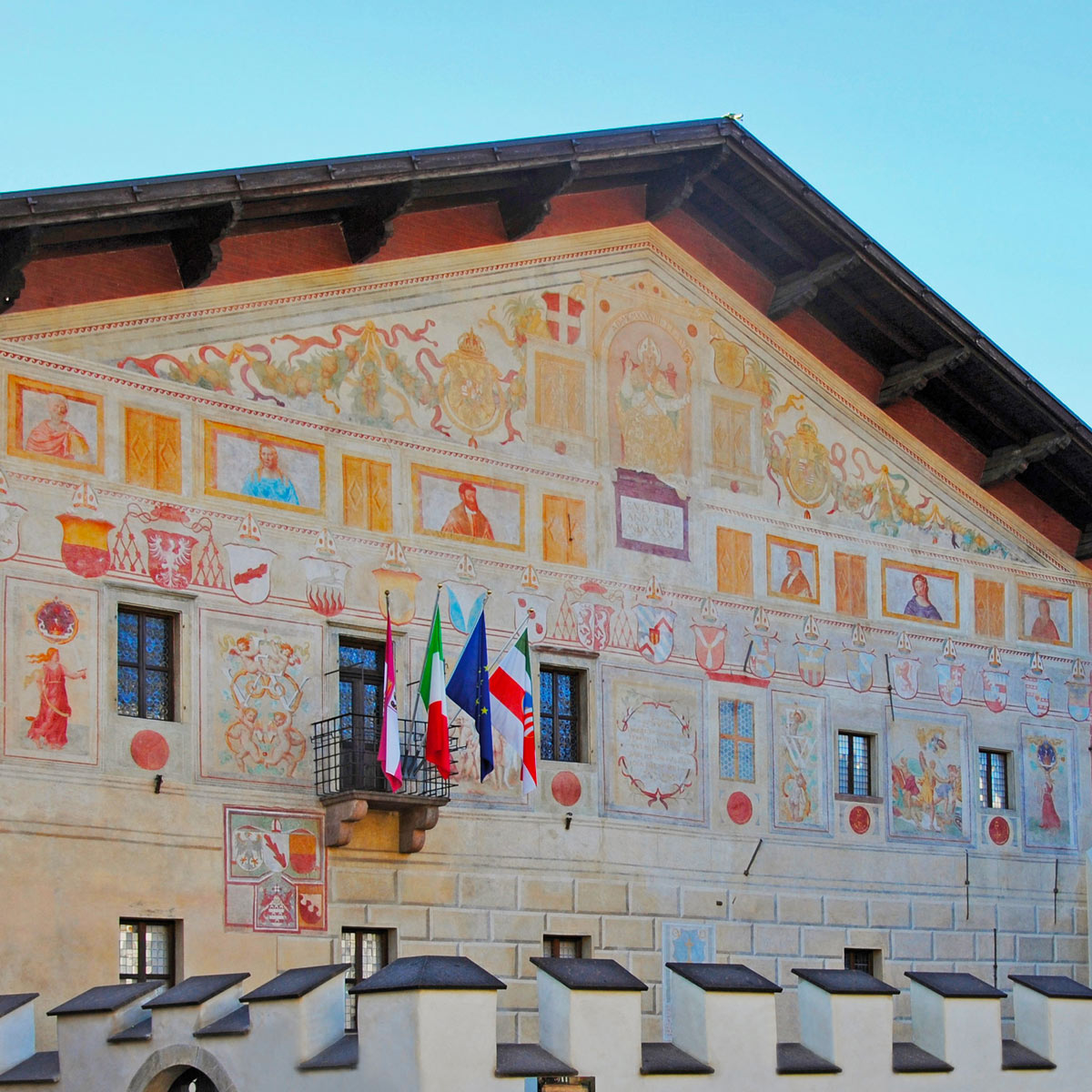
Educazione
Se hai voglia di visitare il Palazzo insieme ai tuoi bambini/nipoti/piccoli amici da oggi puoi acquistare presso la nostra biglietteria il kit “Caccia Magnifica” che ti permetterà di visitare in modo divertente il palazzo, alla ricerca di fantastici animali. Un percorso da fare in completa autonomia con la tua famiglia.
Educazione
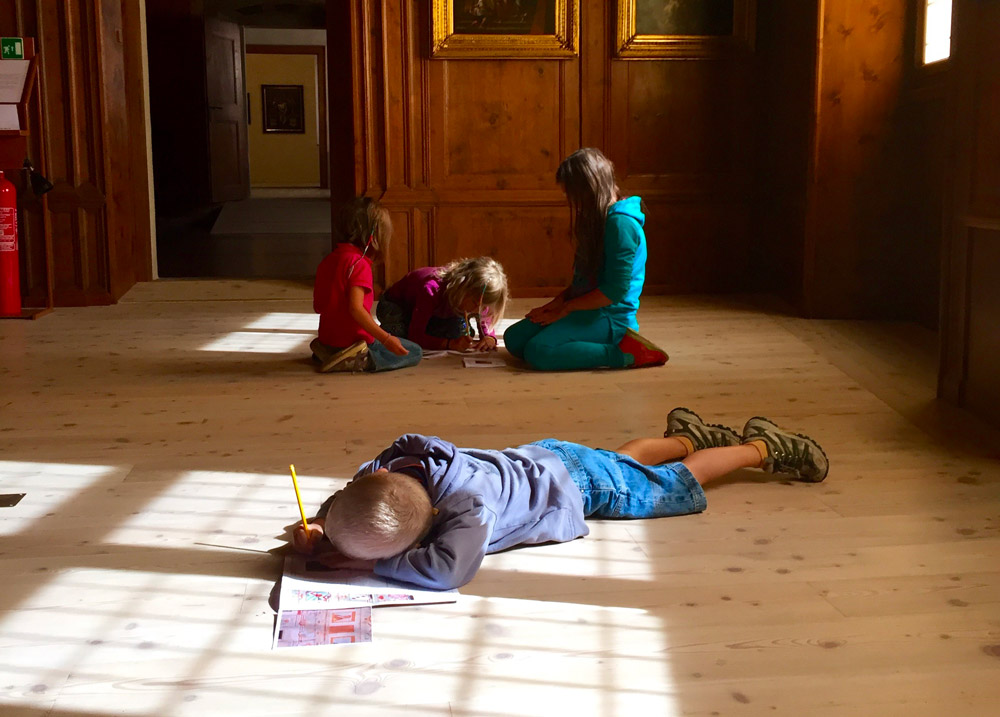


Newsletter
Eventi e news
27.01.2024 | ore 14:15
Evento
Regole, comunità e pratica artistica
Conferenza di Anna Scalfi Eghenter
Scopri
Cavalese
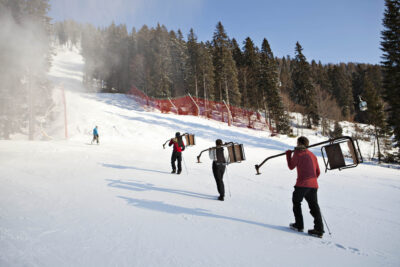
11.02.2024 | ore 16:00
Evento
Con la maschera sul naso.
Laboratorio artistico per bambini
Scopri
Cavalese
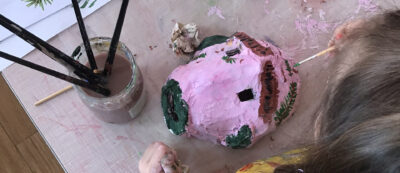
17.03.2024 | ore 16:00
Evento
Il flauto rosso.
Racconti a cura di Ylenia D’Alonzo
Scopri
Cavalese
